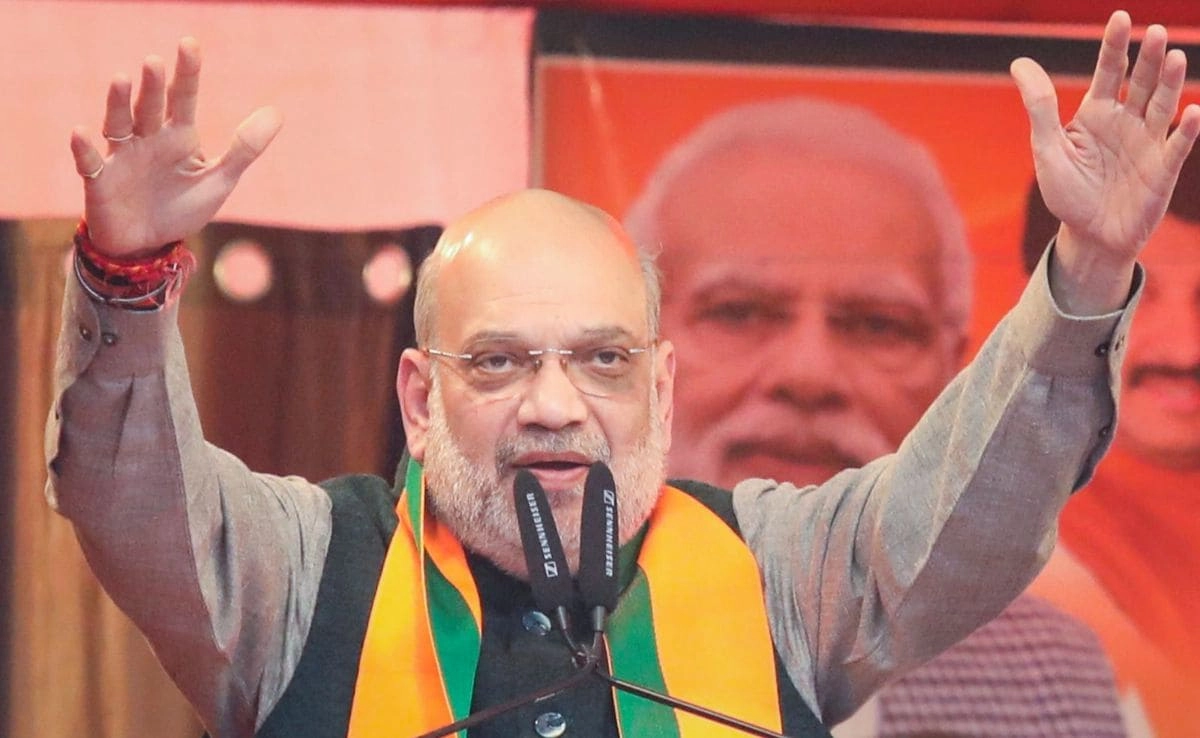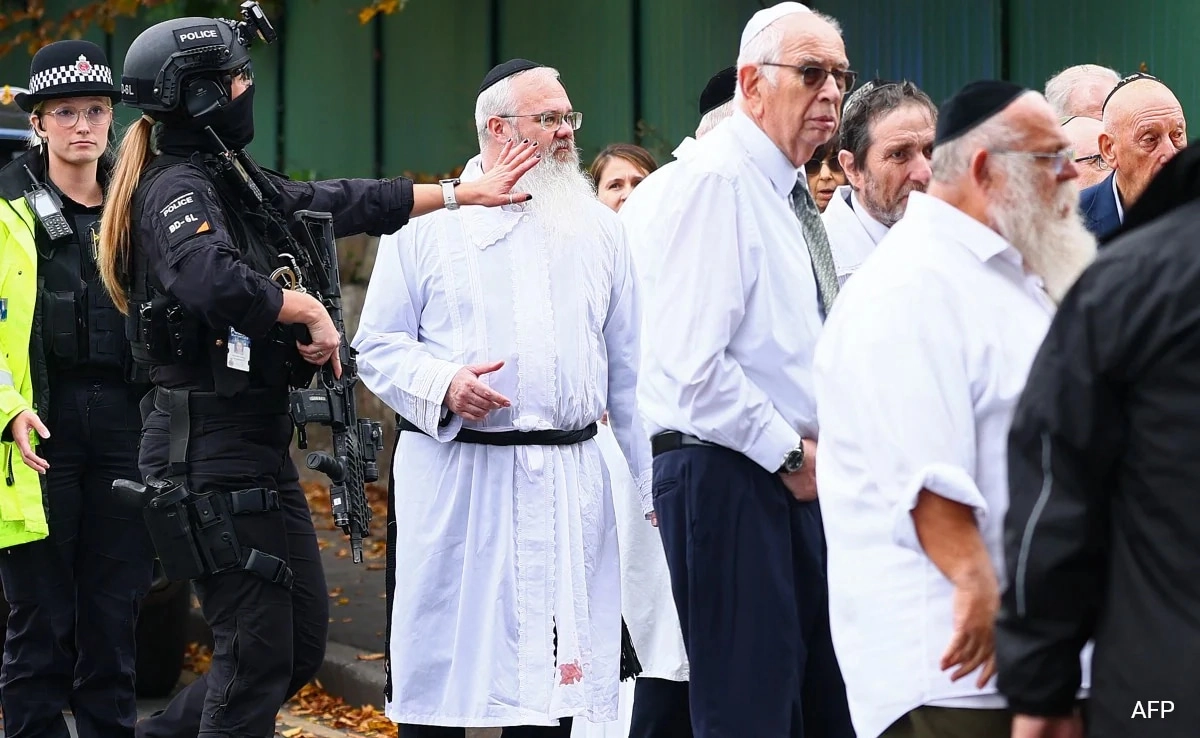The history of separatism in Kashmir is complex and deeply intertwined with the region’s socio-political landscape. Over the years, various groups have emerged, advocating for different forms of autonomy or independence from India. The Hurriyat Conference, a coalition of pro-separatist groups, has been at the forefront of this movement, representing a significant voice for those who seek greater autonomy. Recently, Indian Home Minister Amit Shah’s comments regarding the severance of ties between two prominent Hurriyat factions mark a pivotal moment in the ongoing narrative of Kashmir’s separatist politics. This development not only highlights the internal divisions among separatist groups but also signifies a broader shift in the Indian government’s approach to managing dissent in the region.
Amit Shah’s remarks come amidst a backdrop of increased central government efforts to curb separatist sentiments in Kashmir. The separation of these Hurriyat factions indicates a fracturing of unity among separatist voices, potentially weakening their collective influence. Historically, the Hurriyat Conference has struggled with internal disagreements over strategies and ideologies, which has often led to splinter groups and varying levels of engagement with the Indian state. The current situation underscores the challenges faced by these groups in maintaining coherence amid external pressures and changing political dynamics. As the government intensifies its focus on integrating Kashmir into the national framework, the implications for separatist movements could be profound.
The severing of ties between the Hurriyat factions not only reflects internal discord but also raises questions about the future of separatism in Kashmir. With the Indian government’s firm stance against any form of separatist agitation, the potential for dialogue appears increasingly limited. This scenario poses significant challenges for those advocating for autonomy, as their ability to present a united front is compromised. Furthermore, the government’s strategic moves, such as promoting development initiatives and enhancing security measures, are aimed at diminishing the appeal of separatist ideologies among the local population. As Kashmir continues to navigate its complex identity within the Indian union, the landscape of separatism will likely evolve, influenced by both internal dynamics and external pressures.
In conclusion, the recent developments concerning the Hurriyat Conference and the remarks made by Amit Shah serve as a crucial reminder of the ongoing tensions in Kashmir. The historical struggles for autonomy and the desire for self-determination continue to shape the region’s political discourse. As the situation unfolds, it will be essential to monitor the implications of these changes on the ground, particularly in terms of public sentiment and the future of separatist movements. The path forward remains uncertain, but the intricate interplay between the central government’s policies and the aspirations of the Kashmiri people will undoubtedly define the region’s future.




